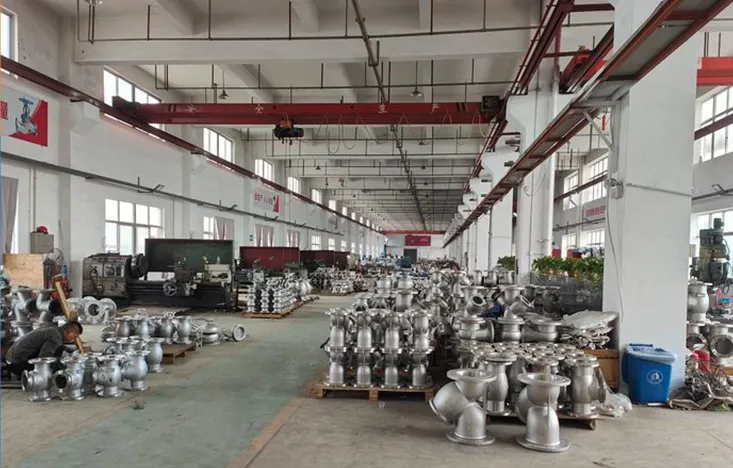Innovative Triple Offset Butterfly Valve with Metal Seating for Enhanced Performance and Reliability
Understanding Triple Offset Metal Seated Butterfly Valves
In industrial applications where precision, durability, and efficiency are paramount, the triple offset metal seated butterfly valve stands out as a superior choice. These valves are designed to control the flow of fluids, gases, or slurries in various systems, ranging from water treatment plants to oil and gas pipelines. To fully appreciate their importance, we must delve into their design, functionality, and advantages.
Design and Structure
The triple offset butterfly valve derives its name from three distinct offsets in its design, which enhance its sealing capabilities and efficiency. These offsets include
1. First Offset The axis of the valve seat is located behind the valve body. This design helps reduce friction between the disc and the seat during operation, allowing for easier opening and closing.
2. Second Offset The disc is positioned at an angle to the seat rather than being perpendicular. This orientation improves the performance of the valve by allowing for a tighter seal when closed.
3. Third Offset The rotation axis of the disc is located outside the seat centerline. This feature further enhances the valve's ability to create a metal-to-metal seal, making it suitable for high-pressure and high-temperature applications.
Typically made from high-quality metals such as stainless steel or other alloys, these valves can withstand harsh environments and corrosive substances. The metal-seated design ensures that they are long-lasting and can operate under extreme conditions without compromising performance.
Functionality and Operation
The operation of a triple offset metal seated butterfly valve is straightforward yet effective. When the valve is in the closed position, the disc makes contact with the metal seat, creating a tight seal that prevents any backflow. As the valve is opened, the disc is rotated through a quarter turn, which allows fluid to flow through the passage without significant turbulence.
triple offset metal seated butterfly valve

Because of the design features, these valves can handle differential pressure and varying flow rates effectively. Additionally, they offer a large range of operation due to their ability to maintain tight shut-off characteristics, making them suitable for both on-off control and throttling applications.
Advantages
The triple offset metal seated butterfly valve provides numerous advantages over traditional valve designs
1. Durability The metal seating reduces wear and tear over time, allowing these valves to maintain integrity even in challenging conditions.
2. High Performance They offer excellent sealing capabilities, ensuring minimal leakage even under extreme pressure and temperature conditions.
3. Space Efficiency Their compact design allows for easy installation in tight spaces, making them an ideal solution for various industrial applications.
4. Cost-Effectiveness While the initial investment in triple offset butterfly valves may be higher than traditional valves, their durability and reduced maintenance needs often lead to lower lifecycle costs.
5. Versatility These valves can be used in diverse applications, including water supply, HVAC systems, chemical processing, and more.
Conclusion
In conclusion, the triple offset metal seated butterfly valve represents a significant advancement in valve technology, combining innovative design with functional efficiency. Their robust construction and superior sealing capabilities make them an essential component in many industrial systems. As industries continue to evolve and demands for reliability and performance increase, the triple offset butterfly valve remains a vital asset, ensuring the controlled and efficient flow of various substances across a wide array of applications.
-
The Key to Fluid Control: Exploring the Advantages of Ball Valves in Industrial SystemsNewsJul.09,2025
-
The Versatile World of 1, 2, and 3 Piece Ball ValvesNewsJul.09,2025
-
Stainless Steel Ball Valves: The Ideal Choice for Efficient Flow ControlNewsJul.09,2025
-
Optimizing Fluid Control with Ball Float ValvesNewsJul.09,2025
-
Manual Gate Valves: Essential for Control and EfficiencyNewsJul.09,2025
-
Everything You Need to Know About Butterfly ValvesNewsJul.09,2025
-
The Versatility of Wafer Type Butterfly ValvesNewsJul.08,2025




